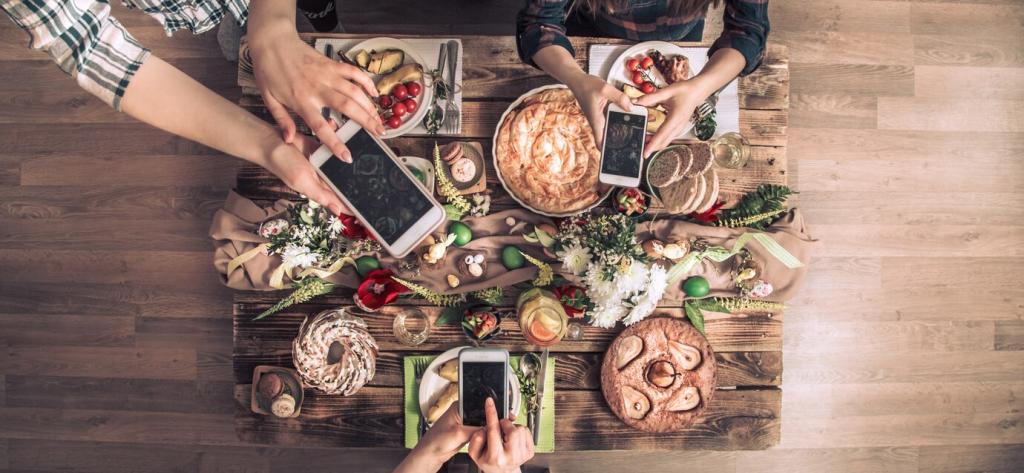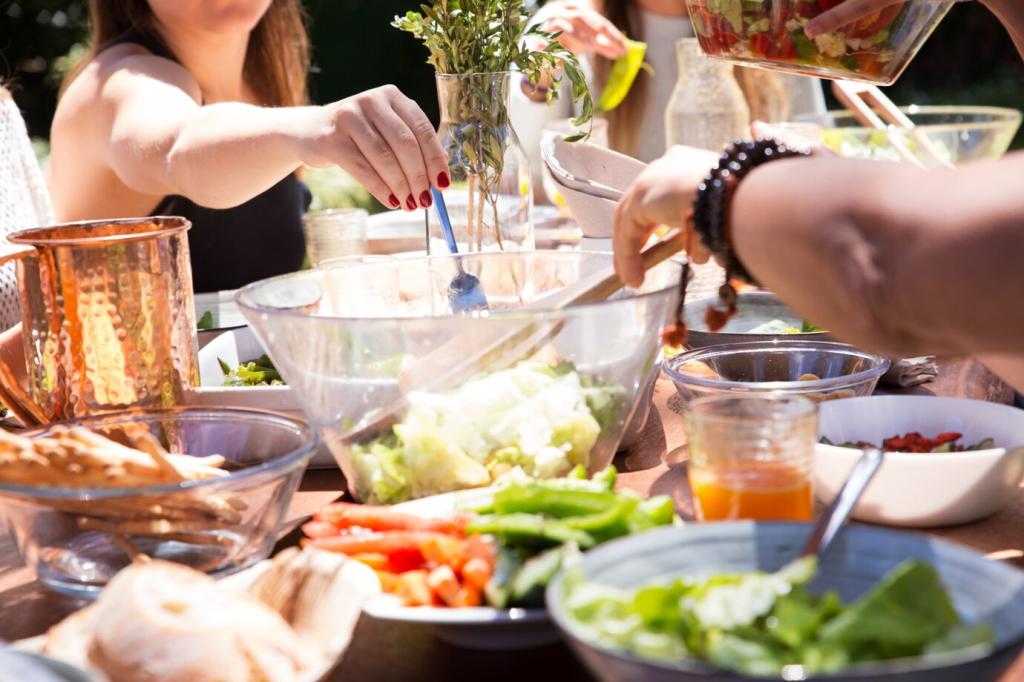Designing a Flavor-Forward Book Club
Treat your meeting like a three-course narrative: an amuse-bouche to open themes, a hearty middle pairing for conflict, and a delicate finale that lingers like the last page. Ask members to vote on pacing, and rotate hosts so every story gets a fresh flavor perspective.
Designing a Flavor-Forward Book Club
Let place become the plate. If the novel roams coastal towns, bring citrus, sea salt crisps, and crisp whites or sparkling waters. Historical fiction? Try heritage grains or simple stews. Invite guests to bring one ingredient linked to a location, keeping costs transparent and allergies noted.





